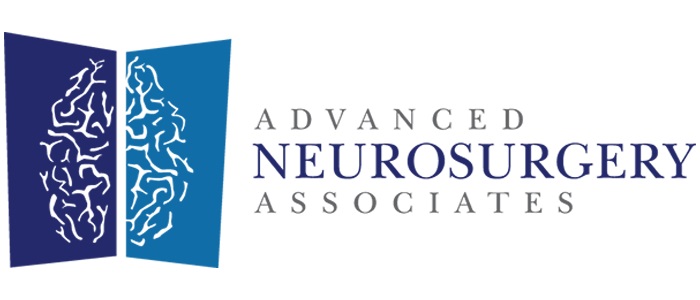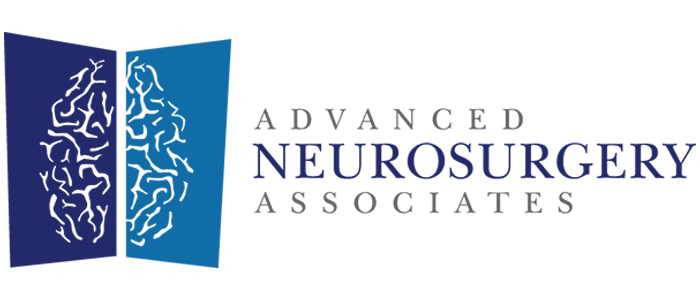Crouzon Syndrome
Crouzon syndrome, a form of craniosynostosis, occurs when the bones of the skull and face fuse prematurely.
Ordinarily, the sutures (strong fibrous tissue that holds the skull bones together) allow an infant’s head to grow and expand to form a normal-shaped skull. In Crouzon syndrome, the shape of the head and face is altered by the premature closure of the sutures.
Crouzon syndrome is also known by other names, including:
- Craniofacial dysostosis
- Craniostenosis, Crouzon type
- Crouzon craniofacial dysostosis
- Craniofacial dysostosis syndrome
- Crouzon’s disease
While the premature fusion of sutures can cause potentially life-altering damage, due to modern surgical advances, Crouzon syndrome is not, in and of itself, fatal.
The syndrome occurs in both males and females and varies in severity from one child to the next. However, while Crouzon syndrome is the most common type of craniosynostosis, it is still a rare genetic disease, affecting around 16 per million people.
Causes of Crouzon syndrome
Crouzon syndrome can be inherited, caused by a gene mutation passed on from an affected parent. Parents with this mutation have a 50 percent chance that each of their children will acquire the condition.
It can also be acquired with no family history or mutation, which is called a de novo (new) mutation.
Symptoms of Crouzon Syndrome
The severity of signs and symptoms varies among affected people. Despite these symptoms, those with Crouzon syndrome are usually of normal intelligence.
The most characteristic signs and symptoms are listed below:
- Craniosynostosis (prematurely fused skull, unable to grow normally)
- Misshapen head
- Abnormal facial shape
- Bulging and wide-set eyes
- Curved nose
- Jaw deformities (small, underdeveloped upper jaw)
- Narrow, high, arched palate
Additional potential impacts:
- Hydrocephalus (in approximately 30 percent of individuals with Crouzon syndrome)
- Cleft lip and palate
- Dental problems
- Hearing impairment
- Breathing problems
Diagnosing Crouzon Syndrome
Diagnosis of Crouzon syndrome requires a combination of measures. Experienced physicians can detect the syndrome at birth based on its distinctive physical signs.
Other aspects of the diagnosis include a physical exam and test results. These tests include:
- X-rays, which reveal prematurely fused sutures
- Diagnostic imaging, particularly CT scans to check for fluid pressure in the skull and also for fused or abnormal sutures (with ridges)
- Genetic testing to verify the syndrome
- Dental X-rays of the jaw
- A hearing test
- An eye exam
Crouzon Syndrome Treatment and Surgery
Crouzon syndrome isn’t treated with one surgery, but with many, and those surgeries are coordinated in a team effort. For this team, neurosurgeons work with pediatricians, specialized plastic surgeons, otolaryngologists (head and neck surgeons), ophthalmologists, dental specialists and audiologists. A genetic counselor may be utilized as well as a psychologist and/or social worker.
The core surgery is primarily performed to reduce the pressure inside the skull. It also serves to correct the skull and facial deformities to address irregularities, while other surgeries address issues, such as dental problems.
Certain surgical considerations may be necessary. In addition to the team, the neurosurgeon confers with the patient’s family on these possibilities.
They include treatment for:
Hydrocephalus: This is an accumulation of cerebrospinal fluid (CSF) that causes pressure in the brain. This condition requires specialized surgery.
Airway management: Significant airway obstruction in conditions such as Crouzon syndrome can require operations for intubation or tracheotomy.
Ophthalmological factors: The characteristic facial deformities of Crouzon syndrome typically involve shallow eye orbits and long or short distances between the eyes. Measures should be taken to protect the orbits, which can be done with an oculoplastic evaluation.
Facial plastic surgery: As in most craniofacial treatment, facial plastic surgery is a very important part of Crouzon’s syndrome. In addition to facilitating proper function, it can be remarkably effective for cosmetic outcome, and important for social and psychological reasons.
Facial plastic surgery depends on the extent of the condition, but usually, requires the wearing of a custom-fitted helmet (also called a cranial band) for several months following the procedure.






